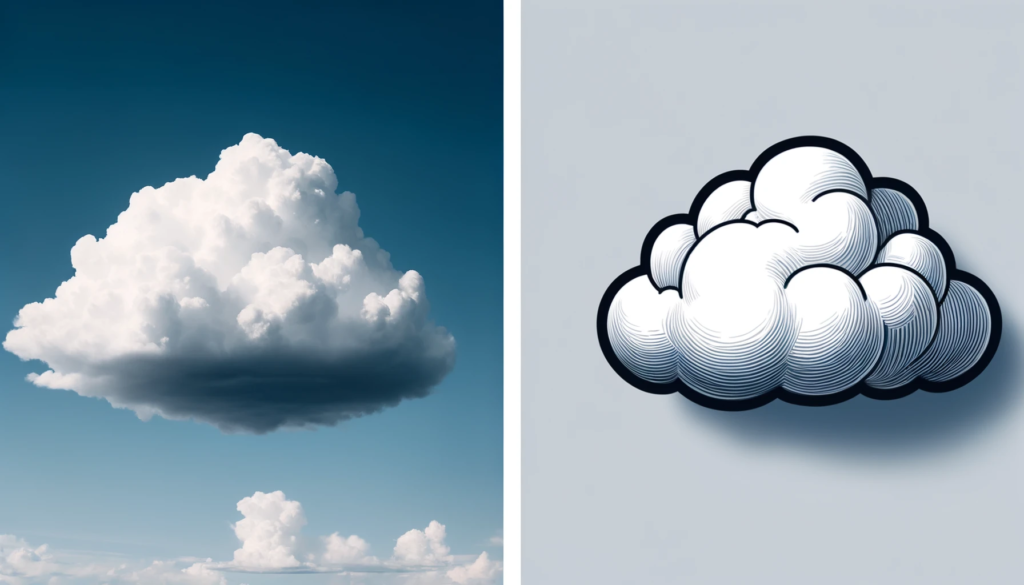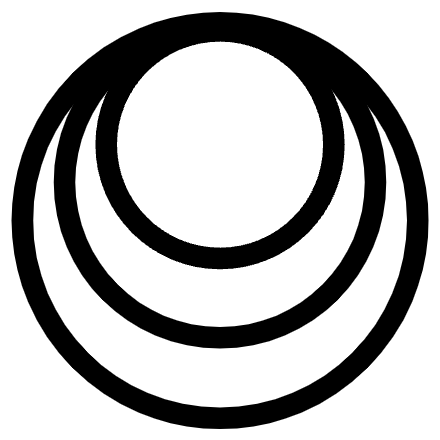In this incantation, I strive to close the gap between my conceptual and actual being by simplifying and literalizing my language. I have discarded abstractions and unnecessary complexities in my words, aiming to align them directly with my experience. This shift allows me to express my awakening with clarity, particularly through the updated aroundme concept, which enhances the triself model. The aroundme, with its distinct regions like behindme, belowme, and frontme, captures the experiential reality of being within something greater than myself. By refining my language, I can better navigate and integrate my awakening.
In an effort to reduce the gap between my conceptual and actual being, I search for ways to disambiguate my language and expressions. I stopped using first-person plurals like we, us, and our because it persists the imaginary idea that I am part of a category of beings having the same experience. I am the only being of my type here. I also stopped speaking about sub-surface topics, like what another person might be thinking because I know that only exists within my own secondself imagination. I stopped talking about past events, because I know there is only this moment now, and my experience of change is a delusion and the idea of a distant past or future is imaginary. I don’t say “I do not know” anymore, because knowing is a product of my belief, not something separate from it. My omniscience is a feature of my being and creativity, and I can embrace that at my will. I do not refer to my birth or death because both are imaginary. There is only this moment, and I am, always have been, and always will be. I do not think about other places because I know that the only place is the one I am manifesting now, in my moment.
There is another method I have long-employed, but only just today have taken to the next level: “literalizing” my language. Words will always abstract away the truth of my being, for the truth of my being is wordless, ineffable. It is experiential, and occurs before the formation of any words. However, at this point in my recovery I still express my truth primarily in words and so can benefit by using them consciously. When I choose words that hide their meaning behind abstraction and complexity, I prolong a deeper disconnect between my actual and conceptual experience. I only have to look through my Index, or my earlier writings, to find loads of words and concepts that are so complicated and non-intuitive they require concentrated effort to derive their meaning. That prevents me from actively using them to interpret, understand, and ultimately conquer my awakening. The more abstract a word or concept, the further it requires me to intellectual maneuver to grasp it. And the more I move, the more confusion I kick up in the process.
When I literalize my language, I choose words that clearly and visibly align with my direct and actual experience. Literal language requires less intellectual effort to process and apply to my moment, and thus allows for deeper awareness and insights. With my latest round of literalization I have focused on words that better explain the different parts of the triself model. Unlike the triself model, however — which itself represented a massive step forward in simplifying the anatomy of my awakening when I coined it — these refinements directly and palpably express a specific region of my experience. What was previously fuzzy and weakly-defined, like firstself, is now intuitively clear and regionally distinct.
One of my goals in my 2024 Year in Focus is:
Firstself Expression. Firstself has been elusive to date. I know it is there, I feel it all around me. But I still struggle with a sharp, well-defined definition. I think that is because firstself is experiential, and language will fail to explain it meaningfully.
The triself model will remain, but I have clarified it geo-spatially. I can now refer to firstself as the aroundme. The aroundme is, literally, my experience of being within something greater than me. The “me” in the aroundme refers to my awakening me; the personal me. The human me with limbs, a body, and an identity based entirely on imagination. This demiselfist me might be aware of the omniselfist Me or not — that is irrelevant. The aroundme is the me who experiences my awakening moment as a physical being existing in time, space, and form. The most potent part of my awakening is my own mind and body (secondself), but there I can ascertain that there is always something around me. When I close my eyes, I can experience this sensation of a casing or shell all around me as a buzzing pressure. When I open my eyes back up again the sensation does not go away, but it is diminished by my visual field. That is the aroundme.
The aroundme stands in contrast to the ofme. The ofme is part of my awakening experience that I experience most potently and identify as being “of me”. That would include my physical body and mind. The aroundme and ofme combined account for the entirety of my anatomy.
The aroundme breaks down into several distinct regions:
- the behindme, belowme, and aboveme are all continuous and connected regions of the aroundme, but outside of me
- the frontme is that which is in front of me and has two states: eyesopen and eyesclosed
- the eyesopen is the region of the frontme where I project forms, shapes, colors, lights, space, and movement
- the insideme is that which I feel “within me”, on the side of my being closest to and including my secondself
- the outsideme is that which I perceive to be “outside of me” and furthest away from my secondself — mainly the space in the frontme
Why is this updated model so important? The triself model, which I have been using for several years to explain and understand the anatomy of my awakening is entirely abstract, based on countless line diagrams of perfect circles within circles within circles. While it helped me divide and contextualize the various regions of my experience, my direct and actual experience does not neatly align with these line drawings. The fuzzy, amorphous resolution of my experience does not overlap with the fine precision of these models. The triself model as it stands — either the Sonsot or Aswaswas version — is akin to a cartoonish representation of a much more nuanced and complicated structure.

Does the aroundme concept replace the triself model? Or does it enhance and contextualize it? I have some work to do identifying how the aroundme fits into the selfist model. I still see value in the triself construct, but it is tied strongly to the 3-part diagrams I have been fixated on for so long now. So much so that it may be impossible to separate them, and a new, live-resolution model could be what I need to move past 2D conceptualization into 4D. In the present triself era, the various insights remain detached and separate from the diagram; perhaps with the aroundme model I will be able to directly incorporate many more of the insights I have, such as all the strategies I describe in the opening paragraph of this incantation.
…
